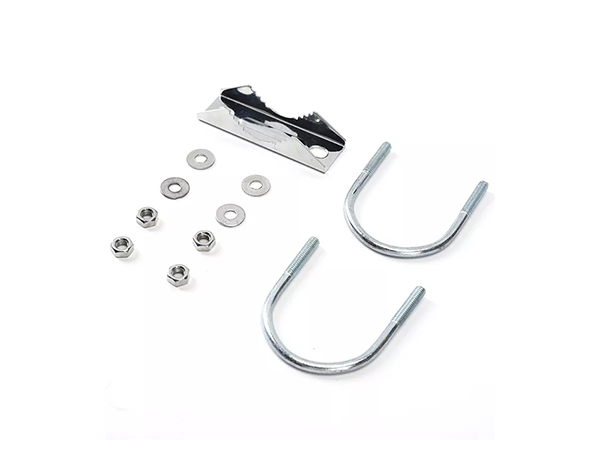In mobile data devices, where the antenna is the only component that "touches" the network, optimizing 4G antenna performance is increasingly important. However, the challenges of 4G antenna design in smartphones and tablets are daunting. While there are multiple possible solutions to these challenges, each has potential performance tradeoffs.
Many factors can affect the antenna performance of a handheld mobile communication device. While these factors are related, they generally fall into three broad categories: antenna size, mutual coupling between multiple antennas, and device usage models.
Antenna size depends on three factors: operating bandwidth, operating frequency, and radiation efficiency. Today's increasing bandwidth requirements are driven by FCC frequency assignments in the US and carrier roaming agreements worldwide; different regions use different frequency bands. "Bandwidth and antenna size are directly related" and "Efficiency and antenna size are directly related" - this generally means that larger size antennas provide greater bandwidth and higher efficiency.

In addition to bandwidth, 4G antenna size also depends on the operating frequency. In North America, carriers Verizon Wireless and AT&T Mobility have chosen to promote LTE products operating in the 700MHz band, which was part of the FCC UHF-TV reassignment a few years ago. These new bands (17,704-746MHz and 13,746-786MHz) are lower than the traditional cellular bands used in North America (5,824-894MHz). This change is huge, because the lower the frequency, the longer the wavelength, and therefore a longer antenna is required to maintain the same radiation efficiency. In order to ensure the radiation efficiency, the size of the antenna must be larger. However, device system designers also need to add larger displays and more features, so the available 4G antenna length and overall volume are greatly limited, reducing antenna bandwidth and efficiency.
Mutual coupling between 4G antennas The updated high-speed wireless protocol requires the use of MIMO (Multiple Input Multiple Output) antennas. MIMO requires multiple antennas (usually two) to operate at the same frequency at the same time. Therefore, multiple antennas need to be placed on the phone equipment, and these antennas must work at the same time without affecting each other. When two or more antennas are placed in close proximity, a phenomenon called mutual coupling occurs.